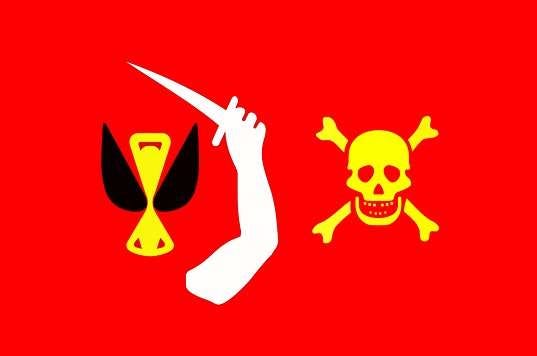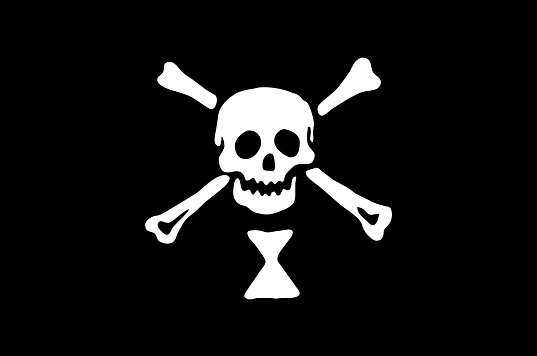The use of symbolism can be deployed in many different forms.
The following explanations are NOT intended to change a particular view anyone holds on the use of a given symbol or underlying meaning. Part of the purpose of symbols is that they can be open to interpretation — perception, and how they are interpreted are sometimes as important as the symbol itself. This is meant to simplify the pattern of symbol detection, filtering, and broaden pattern recognition.
At it’s most basic level, from a sigil, banner, pennant, flag, or the use of particular colors or imagery, one can an deduce an intention, an action, or an underlying or perhaps hidden dimension to a given object or action. For example — a flag on a British merchant vessel is a primitive example of a symbol. The maritime flag is a commonly understood way of marking ships at sea. It is supposed to denote where the vessel is originating from — also known as the “country of registration.” This type of symbol can be abused — for example, a pirate might fly a merchant flag until closing in to hijack a lightly armed merchant vessel. Only upon closing — raising a Jolly Roger flag to denote his intent to seize. In this instance, the symbol is used for a negative purpose. How many symbols can you identify in the images below?




NOAA (National Oceanic and Atmospheric Administration) Flag.
What do you see?
Crossing waves in the ocean, inside of a red triangle, inside of a white circle, within a blue background.
Or perhaps it represents an eye — the criss-crossed blue iris resting within a red triangular cornea, within a white sclera (human-like), within a blue outer wrapper — possibly representative of ‘skin’ or a shell.
The breakdown can often be subjective — depending on the perspective of the viewer. In fact, the matter of the perspective of the viewer is often the point of the use of the symbol in the first place.
Merely the connotation of attached symbolization itself — the very usage of the sigil, banner, totem, or action which represents the ‘something else’ that, in some way finds itself obscured from view, or otherwise remains unclear to the uninitiated bystander can wield immense power in terms of how such a symbol is interpreted by a given viewer. Symbols are intended to be perceived in some way by a bystander — and both the general perception as well as more subtle meanings or interpretations of an act can be manipulated at the whim of the designer or user of such a symbol.
Putin’s Special Military Operation in Ukraine as a Symbol
As a working example in progress — Putin’s active Special Military Operation in Ukraine can be viewed not merely as a kinetic war — same as all before it. Aleksandr Dugin states in this interview with Jerm Warfare that it can be viewed symbolically as well. In one interpretation, it can be viewed with a symbolic connotation which represents the strengthening and re-emergence of a new Russian Empire in the 21st century. The Tsars, and the Soviets after them had their own way of molding and formulating the Empires and domains which they ruled over. So too will the Russian Federation as it continues to expand into its former possessions.

Symbolism can be found in art and acts of war. Symbolism can be used for peace — for example the use of a flying dove has an inherent peaceful connotation to it.
Discernment is the most important tool that exists for the purpose of symbol detection and identification. Sometimes the true purpose of a symbol are obscured, occasionally even in a layered manner.
Often though, they are right in front of you — plainly visible — as a calling card or marker representing the power the symbol.
What are some of the most common symbols you’ve come across?
The less common?
What do they represent?
How are they used in advertising? Marketing campaigns?
Are you immune?
How do you immunize yourself from their effects?





Takes little more than to tour our government buildings to see Masonic and occult symbolism everywhere. The subliminal blue yellow combo is endemic in advertising. US $ is worth a look too.